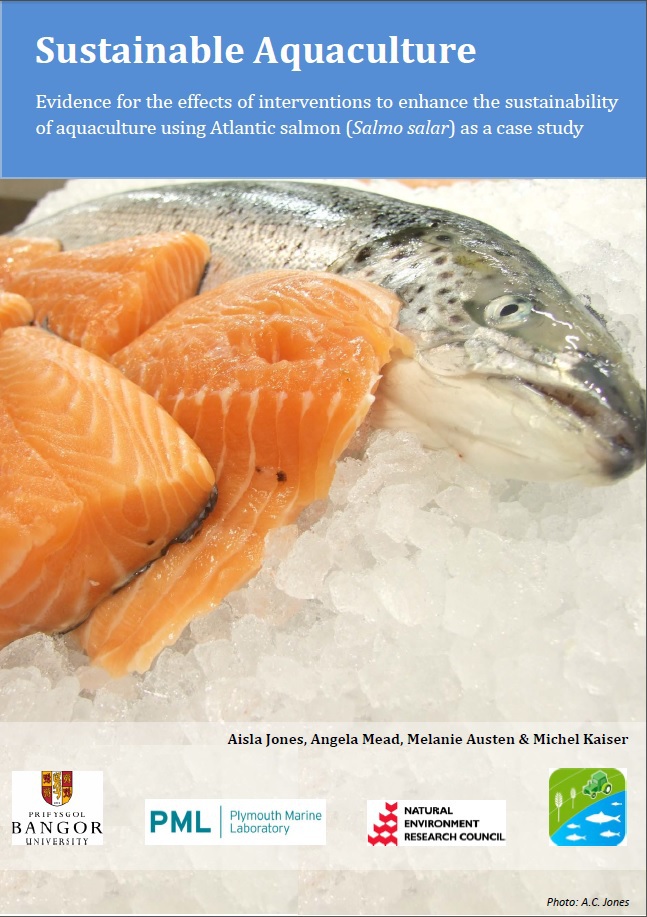Use natural control agents: cleaner wrasse
-
Overall effectiveness category Awaiting assessment
-
Number of studies: 2
View assessment score
Hide assessment score
How is the evidence assessed?
-
Effectiveness
not assessed -
Certainty
not assessed -
Harms
not assessed
Study locations
Supporting evidence from individual studies
Between 1991 and 1992, a controlled study (Deady et al., 1995) at two salmon farms off the west Irish coast found the numbers of lice, Caligus elongates, infesting salmon, Salmo salar, were low in cages containing corkwing and goldsinny cleaner wrasse. Similar levels of lice were found in wrasse stocked cages and those chemically treated with a pesticide. Infestation levels were on average five lice per fish. Cleaner wrasse were as effective as chemical treatment at wrasse: salmon ratios as low as 1:250. The first farm used eleven ‘Polar Circle’ cages (12m depth, 20m diameter). One cage was stocked with 188 cleaner wrasse and 47,000 salmon smolts. All other cages were given chemical treatment for the duration of the study. At the second farm, two groups of eight square ‘Turmec’ cages (10m depth, 10m width) were stocked with 5,000- 8,000 salmon smolts each. Eight cages were stocked with 500-800 cleaner wrasse. The remaining cages were chemically treated for sea lice. On both farms, random samples of 15 salmon were removed from each cage every 1-2 weeks to monitor lice infestation levels.
Study and other actions testedIn 1992, a replicated, controlled study in Ireland (Tully et al., 1996) found rockcook cleaner wrasse failed to consistently reduce numbers of lice, Caligus elongates, in sea-caged salmon, Salmo salar. When compared to control cages, the wrasse controlled infestation levels, preventing an outbreak on only one of the seven sampling periods. Each of five circular salmon cages (50-70m circumference, 10m depth) was stocked with between 13,000 and 24,000 salmon smolts. Wrasse were added to four cages at wrasse: salmon ratios between 1:37 and 1:49. Wrasse were not added to the control cage.
Study and other actions tested
Where has this evidence come from?
List of journals searched by synopsis
All the journals searched for all synopses
This Action forms part of the Action Synopsis:
Sustainable Aquaculture
Sustainable Aquaculture - Published 2013
Atlantic salmon Aquaculture Synopsis





)_2023.JPG)














